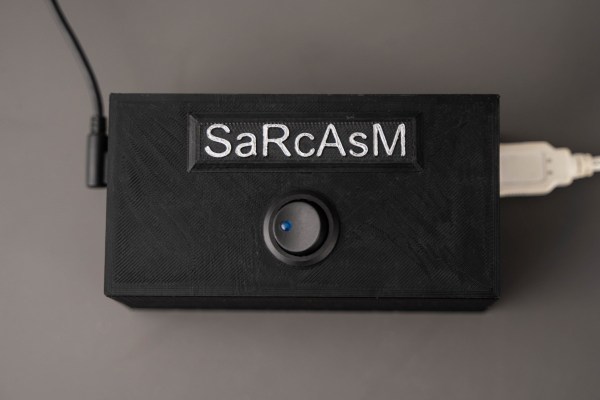A while back, [Heavydeck] remembered stumbling across the worst CAD package ever, which is a schematic editor whose existence was purely intended for use to make quick circuit sketches for documentation, presentations and the like. All good. But, being based on low quality JPEG graphics, which when blown up to projector size on a big screen, they look really rough. After deciding that the original nasty, clunky interface was just nasty and clunky enough, [Heavydeck] then proceeded to reimplement the idea over the course of an afternoon, and came up with Kludge (possibly the second worst CAD package ever) making an actually useful tool even more useful.
You see, whether you make website content, YouTube tutorials, or just need to write technical reports, if you’re in the electronics business, you’re going to need to make high-quality editable schematic images at some point, and Kludge might well solve some problems for you. Kludge lets you do so many things; you can save a schematic, you can load a schematic, you can even export it to an SVG file. Actually, that’s all you can do, but it is actually just enough. Once you’ve got an image as an SVG, you can whack that into Inkscape to add some more details and you’re done. We demonstrate this with the image above, which was not annoying at all to create.
So here’s to Kludging your way around a problem, and hoping that the somewhat limited symbol library may expand a little more in the future!



















